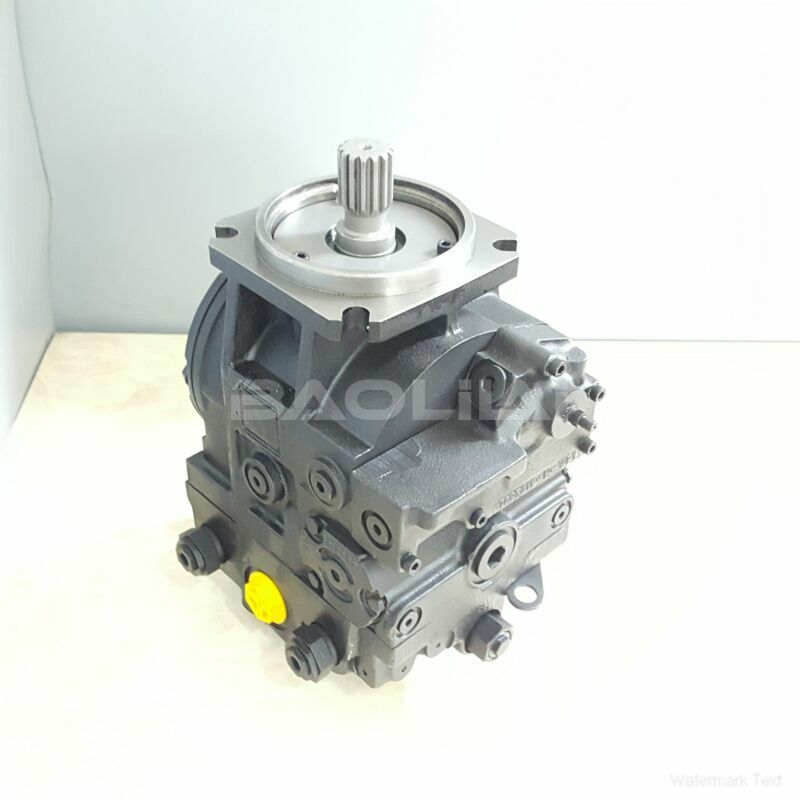90R100HF1BC80P4C7E05GBA323222 danfoss pump
90R100HF1BC80P4C7E05GBA323222 danfoss pump

- Product Details
- Applicable Scene
In the world of hydraulic systems, efficient fluid distribution is crucial for performance and reliability. Among the components that play a significant role in achieving this are plunger pumps. Known for their robust construction and ability to generate high-pressure outputs, plunger pumps have become essential in various industrial applications, allowing for optimal fluid distribution in hydraulic systems.
90R100-HF-1-BC-80-P-4-C7-E-05-GBA-32-32-22
90R100HF1BC80P4C7E05GBA323222
Plunger pumps operate on a simple yet effective principle: they utilize a cylindrical plunger that moves back and forth within a cylinder to create a vacuum and draw in fluid during the suction stroke. When the plunger moves forward, it forces the fluid out of the pump at high pressure. This cyclical operation enables plunger pumps to deliver a consistent and controllable flow, making them ideal for applications requiring precise fluid management.

83067980
One of the primary advantages of plunger pumps is their ability to handle a wide range of fluids, including those with higher viscosities and solid particles. This versatility enhances their applicability in various industries, from oil and gas to pharmaceuticals and food manufacturing. The robust nature of plunger pumps also allows them to operate effectively in demanding environments, further contributing to their popularity in hydraulic systems.
In optimizing fluid distribution, plunger pumps offer several benefits. First and foremost, their high efficiency means that they can effectively convert mechanical energy into hydraulic energy, minimizing energy losses and improving system performance. This efficiency not only reduces operational costs but also extends the lifespan of the entire hydraulic system, as less energy input translates to less wear and tear on components.
Moreover, plunger pumps can be designed for specific flow rates and pressure specifications, allowing system engineers to tailor solutions for particular applications. This customization is vital in achieving optimal fluid distribution, as it ensures that each part of the hydraulic system receives the appropriate amount of fluid at the right pressure. Consequently, this enhances the overall responsiveness and stability of the hydraulic system, leading to improved performance.





